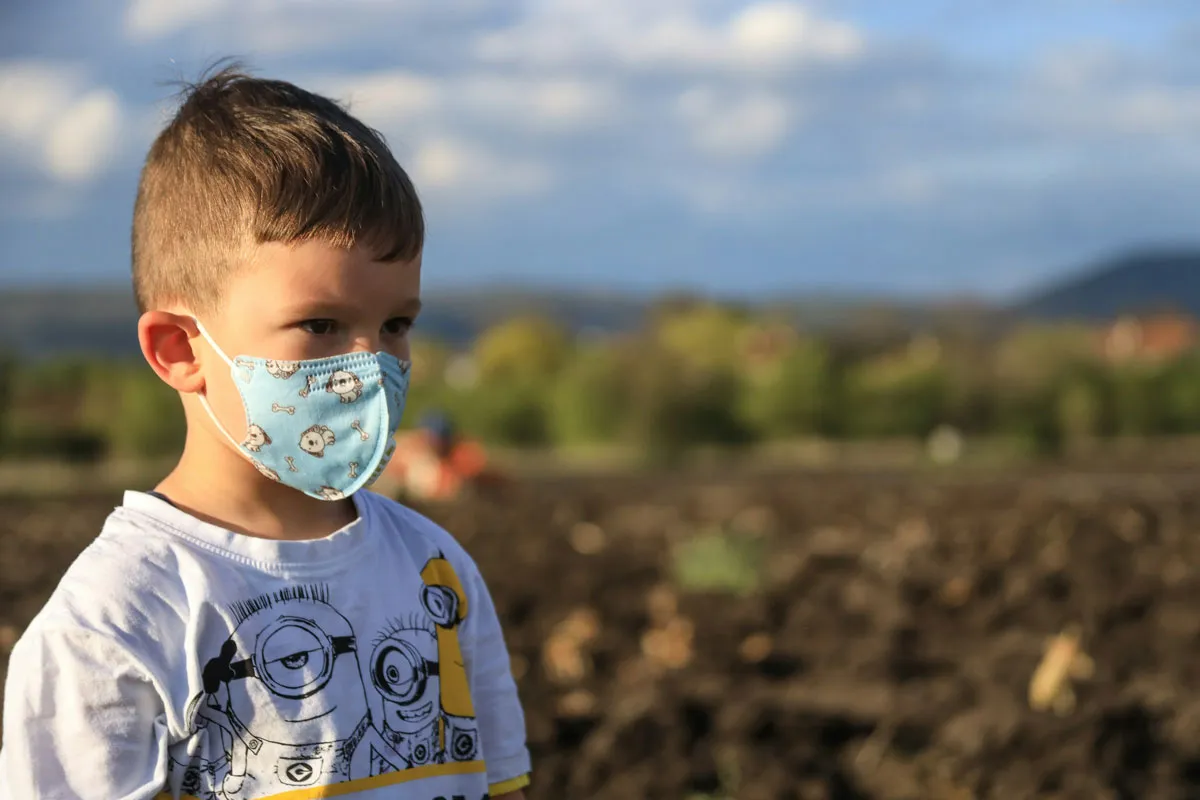
Spring is here, with flowers blooming everywhere. However, this beautiful season can be quite unfriendly to those who suffer from allergies. From allergic rhinitis to itchy skin conditions and even asthma, allergies can turn the joys of spring into a struggle. With the 2024 allergy season upon us, we’ve consulted with specialists from three different medical fields to provide a comprehensive guide on the prevention and treatment of allergic rhinitis, eczema, and asthma.
1. Allergic Rhinitis
During the pollen season, approximately half of the patients visiting ENT clinics suffer from allergic rhinitis.
Why Do I Have Runny Nose and Watery Eyes Every Spring?
Your body might be overly sensitive, meaning your immune system is too strong, disrupting immune balance and triggering allergic rhinitis. Those with a predisposition to allergies, often referred to as an “allergic constitution,” are more prone to these conditions. If either parent has an allergy, the child is more likely to develop allergies.
How to Prevent Allergic Rhinitis?
The key is to avoid allergens. During allergy season, minimize outdoor activities and avoid parks or wilderness areas. If you must go outside, change and wash your clothes immediately upon returning home. Using air purifiers and keeping windows closed during peak allergy season can also help.
How to Treat Allergic Rhinitis?
Experienced allergy sufferers know to take antihistamines at the first sign of symptoms. Here are the main treatment options:
(1) Medication
- Antihistamines: Second-generation antihistamines like loratadine and cetirizine are commonly used and have fewer sedative side effects compared to first-generation antihistamines like chlorpheniramine.
- Nasal Steroids: First-line treatment options include fluticasone propionate, budesonide, and beclomethasone dipropionate for moderate to severe cases.
- Leukotriene Receptor Antagonists: Montelukast sodium is effective for those with severe nasal congestion, cough, or asthma.
- Alpha-Adrenergic Agonists: Medications like 1% ephedrine or 0.5% phenylephrine can be used to reduce nasal swelling and obstruction, but should not be used for more than a week to avoid drug-induced rhinitis.
(2) Immunotherapy
Also known as “desensitization therapy,” this involves allergen testing followed by treatment with sublingual or subcutaneous injections of desensitizing agents. While it may not completely eliminate allergies, it offers long-term relief. Consult a doctor to determine if this treatment is suitable for you.

(3) Health Education
Understanding your allergies is crucial. Identify your triggers and avoid them. Know when and where your allergies are likely to flare up, and be prepared with medications and preventive measures.
2. Allergic Skin Conditions
Atopic dermatitis, also known as “atopic eczema,” can affect anyone from infants to seniors. If you experience seasonal or chronic itching and skin lesions, see a dermatologist for diagnosis and treatment.
Daily care is essential. Here are tips for managing your skin:
1. Clothing
Wear loose, breathable cotton clothes.
2. Diet
Avoid foods that you are allergic to, based on allergen testing and personal history. Be cautious with foods that test positive for allergies.
3. Living Environment
Avoid newly renovated homes. Don’t use large or animal fur rugs. Regularly clean and sun-dry bedding and sofa covers, and use mite removers if necessary.
4. Activities
Avoid places like flower markets and botanical gardens. During pollen season, wear masks and take protective measures.
5. Bathing
Use lukewarm water (below 37°C) and limit baths to 10 minutes. Avoid harsh scrubbing tools. Apply moisturizer immediately after drying off.
6. Skin Care
Use fragrance-free, colorless, and alcohol-free moisturizers daily. Apply once a day for mild conditions, and twice a day for moderate to severe conditions.
Urticaria, or hives, is another common allergic skin condition, affecting about 20% of people at least once in their lives.
3. Allergic Asthma
Pollen from trees, grass, and weeds can trigger asthma by entering the nose, airways, and lungs.

What to Do During an Asthma Attack?
First, leave the allergen environment and use medications that quickly and effectively relieve symptoms. Inhalers containing corticosteroids and long-acting beta-2 agonists are commonly used. These reduce airway inflammation and dilate bronchial tubes, providing good asthma control.
For severe symptoms, sit or semi-recline, keep airways clear, and remove any nasal or oral secretions. If someone nearby has a severe asthma attack, help them stay calm to avoid panic.
Seek Immediate Medical Attention If:
- Severe asthma attack with difficulty breathing even at rest, forced bent-over position, inability to speak in full sentences, breathing rate over 30 breaths per minute, or a pulse rate over 120 beats per minute.
- Long-term excessive use of bronchodilators, especially if using more than one inhaler of albuterol per month.
- History of near-fatal asthma requiring intubation or mechanical ventilation.
- Recent hospitalization or emergency room visits for severe asthma.
Prevention Tips:
Preventive measures are more effective than treatment. For seasonal asthma, start regular inhaled corticosteroids or combined corticosteroids and long-acting beta-2 agonists 2-4 weeks before the season begins. Always carry rescue medications like albuterol or formoterol when going out during allergy season. Pay attention to pollen forecasts and stay indoors during high pollen days.
By following these guidelines, you can better manage your allergies and enjoy the beauty of spring without suffering.

